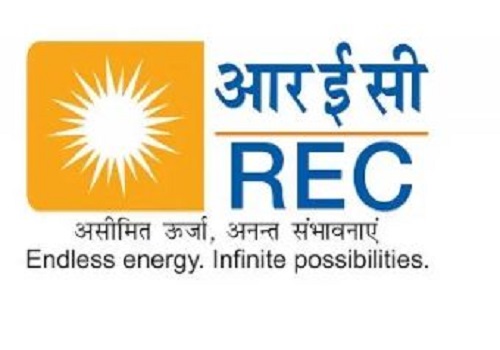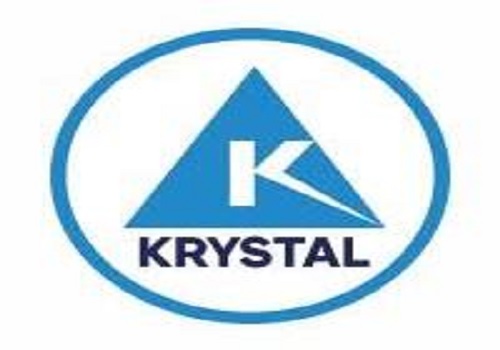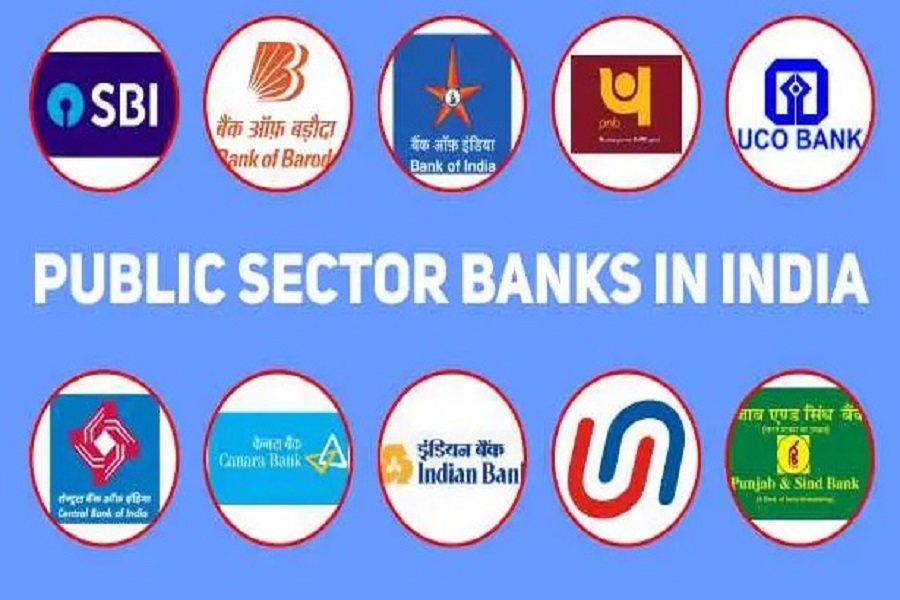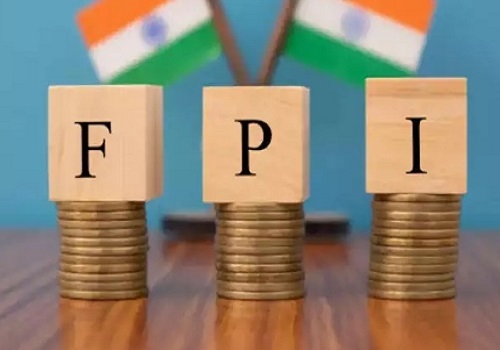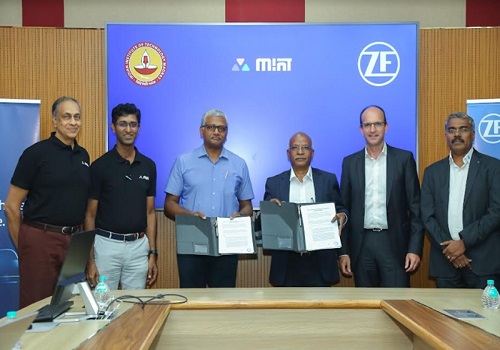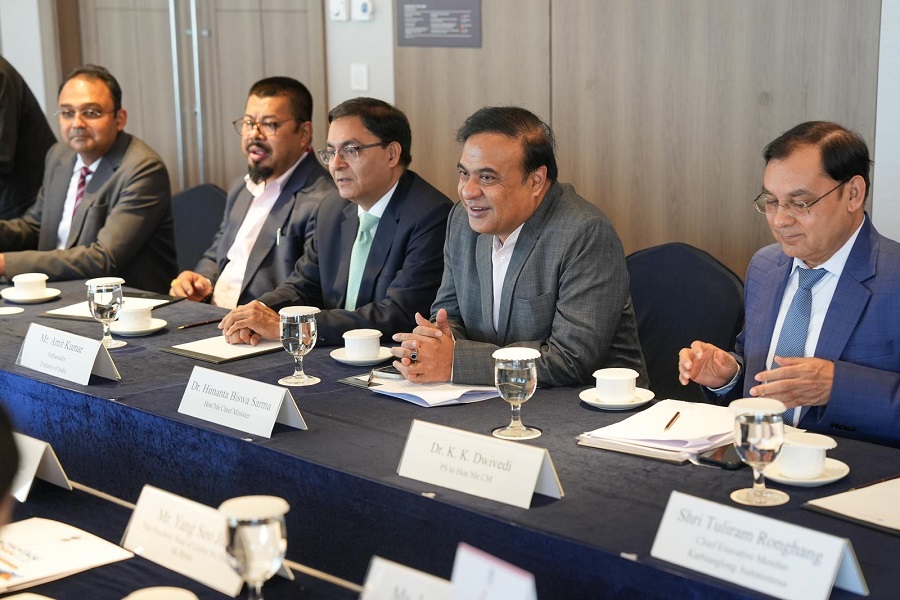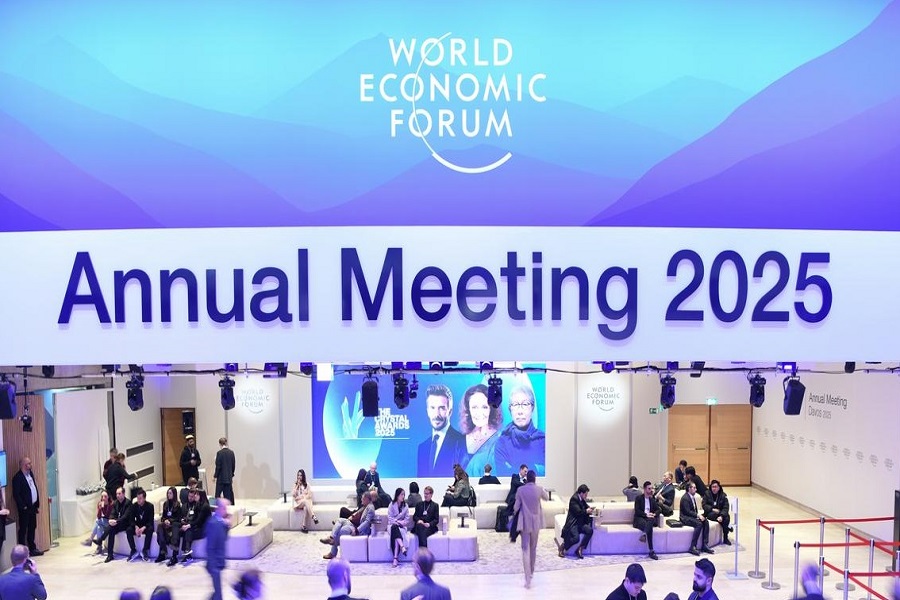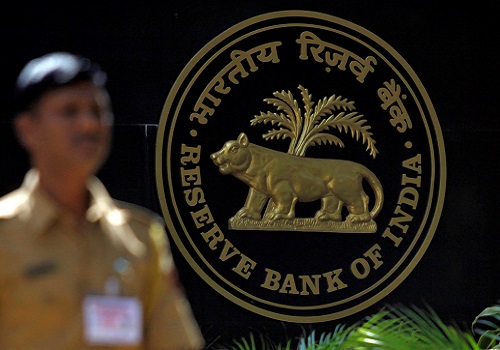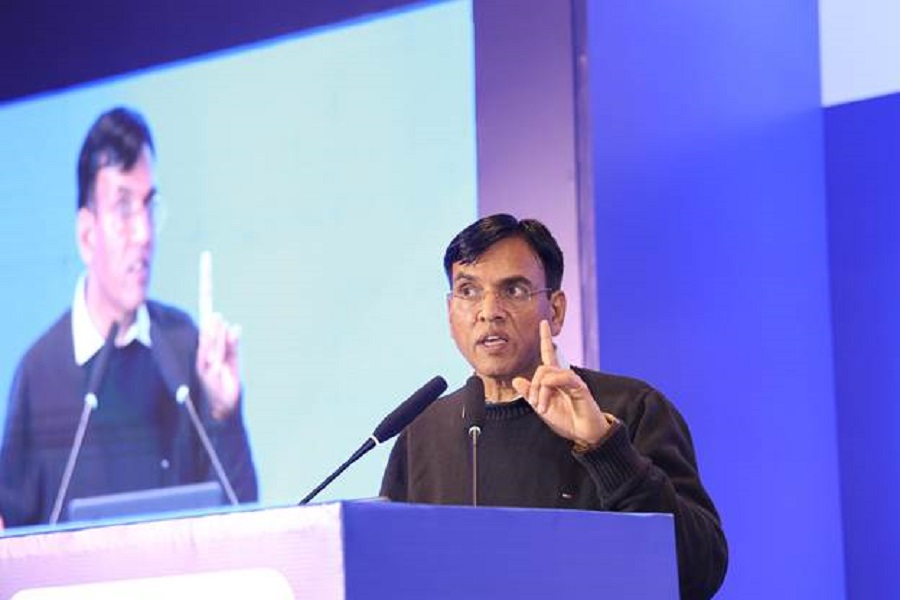India`s PRAGATI offers gridlock to growth lesson for global leaders: Oxford University study

India’s PRAGATI platform launched by Prime Minister Narendra Modi in 2015 has succeeded in fast-tracking stalled infrastructure projects to ensure their completion offers lessons for global leaders on how a nation can power its way to progress, according to an Oxford University study.
The report titled, ‘From Gridlock to Growth- How Leadership Enables India’s PRAGATI Ecosystem to Power Progress’ has been co-authored by Soumitra Dutta and Mukul Pandya of the University of Oxford’s Said Business School.
“India’s experience accelerating large infrastructure projects may offer lessons for global leaders who also seek to make infrastructure a game changer for economic development,” the study states.
Commenting on the report, World Bank chief economist Ds Indermit Gill said, “At this pivotal juncture in global economic history, nations around the world are navigating the complex terrain of development with the aim of transcending the so-called ‘Middle-Income Trap’.”
This phenomenon, where countries that experience rapid growth eventually stall and struggle to move into the ranks of high-income economies, has become a critical challenge, as noted in the World Development Report 2024, ‘The Middle-Income Trap’.
“The path forward requires robust economic strategies and innovative governance and infrastructure frameworks that can sustain growth and foster inclusive development. India’s PRAGATI platform offers a compelling case study in how digital governance can drive such progress,” he said.
The Oxford University report points out that while tackling some of India’s most challenging infrastructure and social development projects, by the end of June 2023, PRAGATI had reviewed 340 projects worth Rs 17.05 lakh crore ($205 billion), breaking bureaucratic gridlocks, resolving delays, and fostering cooperative federalism.
The 54-page report, divided into 7 chapters, has highlighted how PM Modi and his team brought in a system to improve governance and administration, especially those related to big projects.
The report also emphasises PRAGATI’s broader economic impact. Studies by the Reserve Bank of India and the National Institute of Public Finance and Policy estimate that every rupee spent on infrastructure yields a GDP return of 2.5 to 3.5 rupees.
By expediting projects, PRAGATI has minimised cost overruns and ensured that economic benefits are realised sooner. Improved connectivity through roads, railways, and airports has expanded access to education, employment, and healthcare for millions.
This case study explores the key elements that have made PRAGATI an important part of India’s infrastructure transformation.
“PRAGATI is what it is today because of decisive and active leadership, particularly from PM Modi. Such high-level involvement, with a regular monthly cadence, has set the tone, triggered solutions, and inspired a collective sense of teamwork,” the report states.
By providing a platform for real-time problem-solving, PRAGATI ensures that projects aren’t hamstrung by protracted legal battles and inter-ministerial disputes. Sometimes, the scrutiny from PRAGATI is so effective that disputes and issues are resolved in advance of the Prime Minister’s actual review meeting, the report points out.
According to the report, PRAGATI is part of an evolving ecosystem for digital governance of infrastructure and social development projects. Its digital tools complement those of PM Gati Shakti, a portal for centralised project planning; PARIVESH, which brings transparency, fairness, and automation to the process of environmental clearances; and a detailed tracking system for all of India’s large infrastructure projects.
PRAGATI’s focus on key nationwide social sector schemes has helped advance India’s goals of providing basic services to all Indians, fostering inclusivity for remote areas to improve their quality of life, and making the government more responsive to its citizens, it added.
With infrastructure and social development projects often bringing multiple states and central ministries to the table, PRAGATI plays the role of a uniter, facilitating collaboration across silos.
A forum for a national vision and purpose, PRAGATI has also helped energise and revitalize India’s once opaque and slow-moving bureaucracy, the report states.
The study also examines PRAGATI in action by taking a deep dive into eight of the 340 total PRAGATI infrastructure projects across the country. This includes four rail projects: Bogibeel Rail and Road Bridge over the Brahmaputra River in Assam; Jammu-Udhampur-Srinagar-Baramulla Rail Link in J&K; Bengaluru Metro Rail Project in Karnataka; and Haridaspur-Paradeep Rail Connection to Paradip Port in Odisha.
Two road projects: the Dahisar-Surat section of National Highway 8 in Maharashtra and Gujarat and the Varanasi-Aurangabad section of National Highway 2 that links UP to Bihar.
And finally: the North Karanpura Thermal Power Plant in Jharkhand and the Navi Mumbai Airport in Maharashtra.
These eight projects capture the breadth and depth of PRAGATI’s impact across India’s vast landscape. The projects cover a broad geographical spectrum, from Jammu and Kashmir in the north to Karnataka in the south, encompassing a wide range of social, cultural, and environmental settings. This diversity highlights PRAGATI’s efficacy in addressing the challenges and needs of different regions, the report added.
